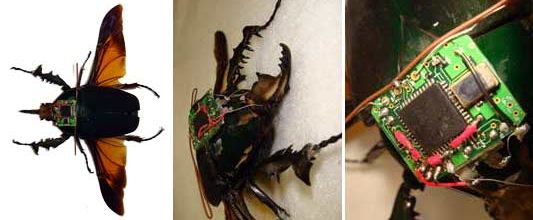Scientists and the army team up, figure out what’s causing honeybee colony collapse.
Over the last four years, 20 to 40 percent of the honeybee colonies in the U.S. have mysteriously collapsed. The killer has remained unknown–until now. A team of entomologists, along with military scientists from the Department of Homeland Security, have a new prime suspect (or rather, suspects), as shown in a new report on the science website PLoS One. A tag-team of a virus and a fungus show every sign of being the culprit. Now it’s just a matter of eradicating that dastardly partnership.
[…]
Of course, just identifying the culprit is only the first step. The entomologists still have to find a way to stop the tag-team attack. It looks as though they’ll focus on the fungus, which is easier to block and defeat than the virus, and which, if defeated, should be enough assistance to help get honeybee populations back on track. And there’s always more to uncover–the tendency of the bees to wander off just prior to death is still a mystery (a University of Montana doctor actually uses the phrase “insect insanity” as a possible explanation), but that should all come in time.





